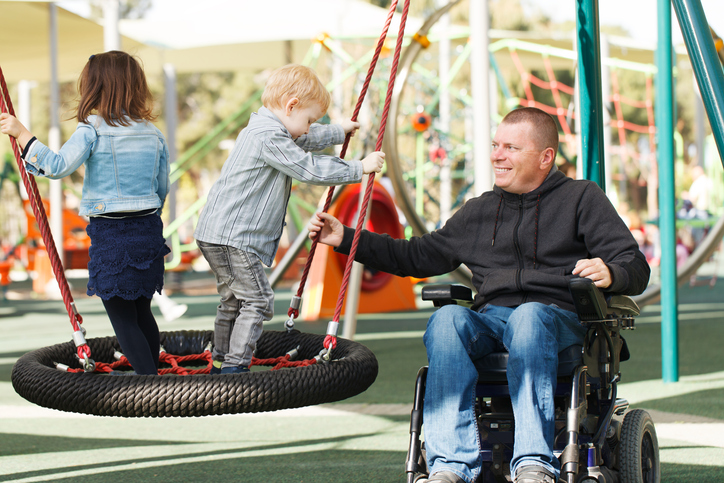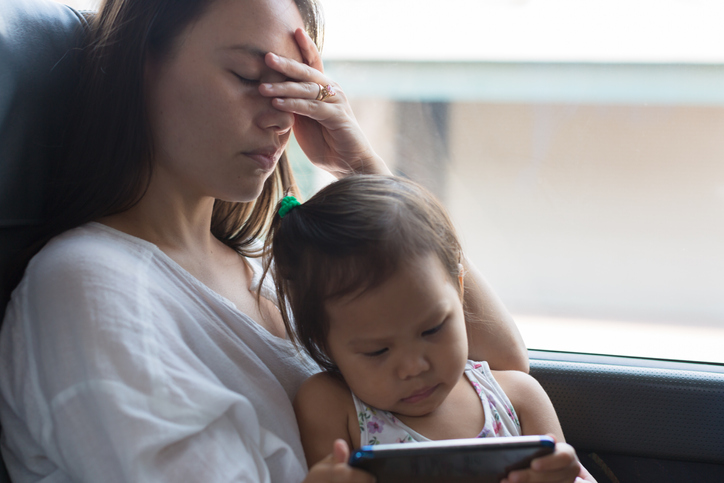Living with Chronic Pain
Tips for Dealing With Needle Anxiety in Children and Teens

Many children and teens struggle with needle anxiety when faced with vaccinations, IVs, blood draws, or medicine injections. It is difficult to know how to help in these situations, which may leave a caregiver feeling helpless. Children who have anxiety about needles may develop an aversion to health care workers, which can result in emotional and logistical difficulties with receiving necessary health care in the future. Helping with needle anxiety is dependent upon the age of the child and the severity of needle anxiety.
Anxiety vs. fear vs. phobias
Understanding that anxiety, phobias, and fears are different is a crucial part of managing needle anxiety. Fear happens when there is a real and present danger, such as seeing a venomous snake near your foot. Anxiety occurs when there is low or no risk of actual danger, such as seeing a needle or making a speech, but the brain sends signals to the body to respond to a real threat. Trypanophobia is the term for an extreme fear of needles. Phobias may develop for no apparent reason, or they may occur in response to a traumatic experience. Hearing others speak negatively about needles can cause a child to experience severe anxiety.
Phobias
Remove blame from the child if trypanophobia is present. A caregiver should validate the feeling of anxiety, while simultaneously affirming that it is a false alarm and that the situation is safe. For children and teens with a needle phobia, it may be helpful to talk to a mental health professional about coping mechanisms.
Young children with needle phobia
For young children with needle phobias, it is beneficial to give it a name, for example, the “Worry Bully.” This can help separate the child from their feelings of anxiety and help them communicate what they are afraid of. Asking the child, “What is the “Worry Bully” telling you will happen?” can give the child the language to express their fears.
Older children and teens with needle phobia
For older children and teens with needle phobias, affirming that their anxiety is not their fault is a source of relief and empowerment. Discuss with them that their anxiety is because of a “false alarm” and not a real danger.
Needle anxiety in young children
Giving young children the language to identify their anxiety helps them feel more in control. Ask them what the “Worry Bully” is telling them will happen to get a clearer picture of what is fueling their anxiety. They may not be able to vocalize what they are afraid of, so using neutral language helps them figure it out. For example, say “I know that when I was your age, I wondered about how it might feel.”
Help the child identify and work through thinking traps using the “Worry Bully.” For instance, if the child expresses that they are worried about the pain, one response might be that the “Worry Bully" tells us that the situation is dangerous.
Teaching younger children about how anxiety feels in their body helps them to be prepared for the procedure. Stomach aches, nausea, increased heart rate, muscle tension, and dizziness are symptoms of anxiety. Some people even faint as a response to exposure to needles. Talk with your child about how to prepare for these symptoms.
Needle anxiety in older children and teens
Ask teens and older children what they are specifically worried about. Help them gain the language to talk about what is causing anxiety and give them the knowledge to deal with their worries. It is beneficial to help them identify thinking traps and recognize that although their feelings are valid, their thoughts are not necessarily reality. Remind them of other times they felt anxious but were able to cope with the feelings.
Educate them about breathing exercises and other coping mechanisms, such as progressive muscle relaxation, to help manage anxiety-related feelings. Practice with them beforehand so that they are prepared for the appointment.
All ages
Prior to the appointment, discuss how to help manage the pain. This can include distractions, numbing cream, and coping skills, such as deep breathing exercises. Discussing why a needle is being used can help them to rationalize throughout the process. Depending on their age, certain statements are helpful, such as, “This medicine will help protect you from getting sick,” or “Getting this test can help us figure out why you aren’t feeling well.”
Praise them when the experience is over, even if they cried or yelled. Commend them if they try to regulate their breathing or distract themselves. This helps to associate positive or neutral memories with needles.
It is best to move toward the scary thing rather than away from it. Avoidance reinforces the idea of danger. Additionally, it is unrealistic to expect children to show no anxiety with needles. Focus should be on being brave in the face of anxiety, rather than ignoring it.
Using lidocaine cream or other numbing agents can help prevent phobias and reduce needle anxiety. If getting more than one vaccination, ask the health care professional to give the most painful vaccination last.
What NOT to do
Several actions can cause needle anxiety to worsen. Things not to do include the following:
- Keep secrets. Do not wait to tell the child about their procedure until the last minute. The experience of surprise can increase anxiety levels and distress. It can also result in a child distrusting caregivers and health care providers.
- Excessive reassurance. Overly assuring a child that it will be over soon, or it will be okay, reinforces the idea that the procedure will be painful or scary. Positive reinforcements are a better way to provide reassurance to the child, but should not be excessive.
- Misleading statements. Telling a child that it won’t hurt can leave them unprepared for the experience, which also leads to distrust. Be honest about what it will feel like; however, make sure they know it won’t hurt long, and that they can cope with the pain.
Additional sources: Anxiety Canada


















